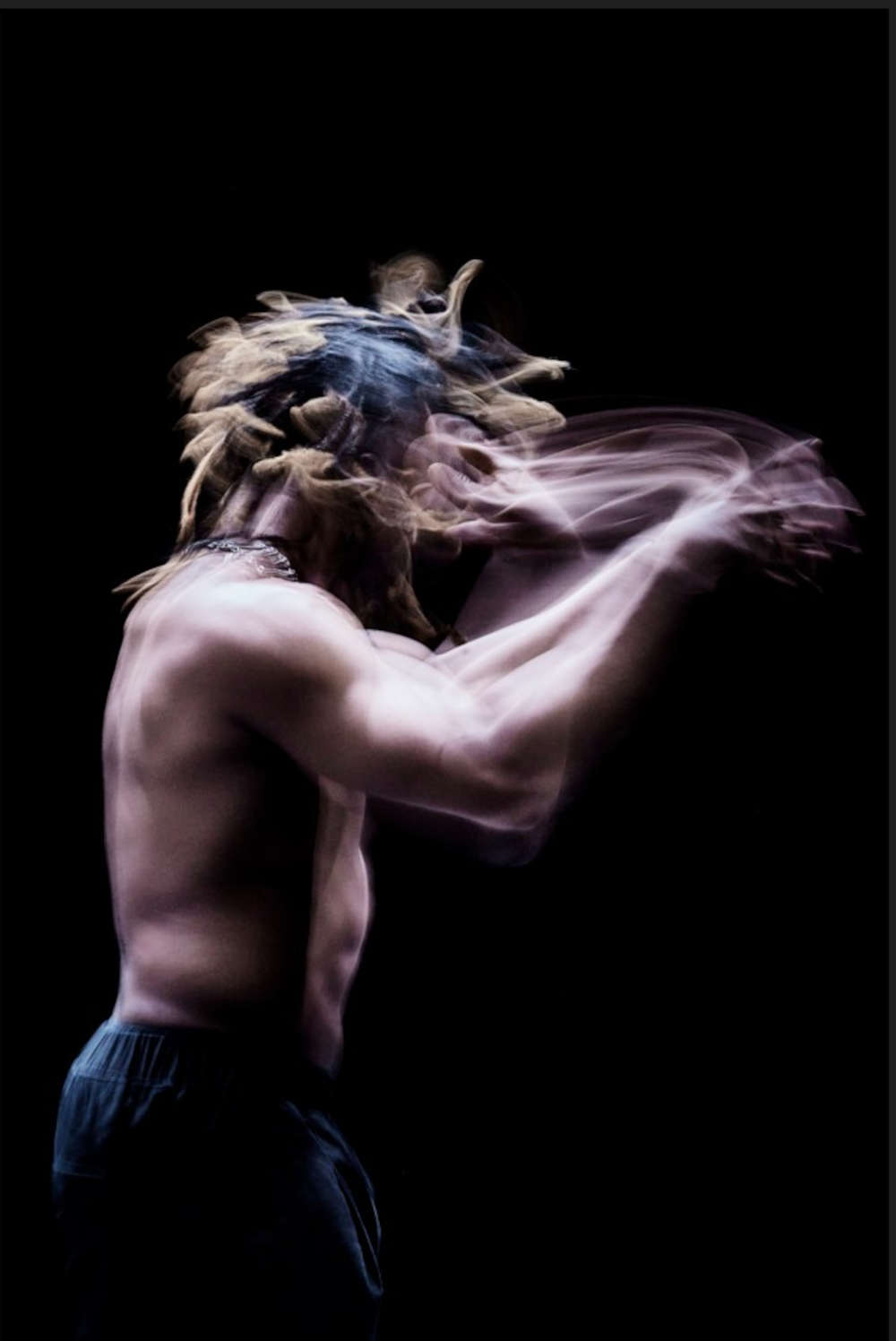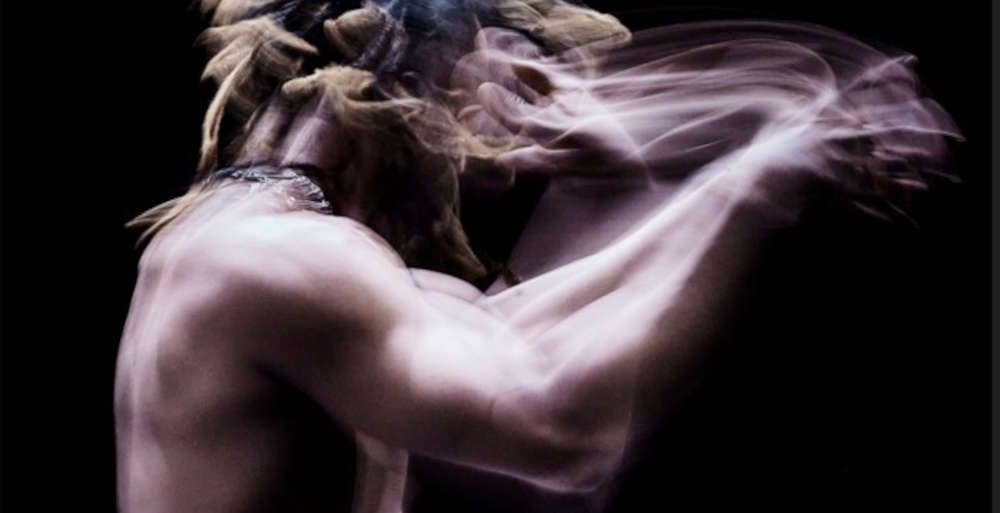In Venice, Bintou Dembélé's dance as an evolutionary ritual of the body
Palazzo Grassi in Venice presents September 27 and 28, 2024 En mode marron, the new performance by choreographer and dancer Bintou Dembélé (Brétigny-sur-Orge, 1975). The double date marks Dembélé’s return to dance with an in-situ performance in dialogue with African American artist Julie Mehretu’s Ensemble exhibition .
Since his debut in 1985, Dembélé, among the most significant figures of the French hip hop scene, has celebrated popular cultures and experiences born on the margins of society. In the creations Z.H., S/T/R/A/T/E/S - Quartet, -s/t/r/a/t/e/s- Le film, Rite de passage || Solo 1 and 2, G.R.O.O.V.E. and the work-ballet Les Indes Galantes, the artist explores rituals and bodily memories with an approach characterized by constantly evolving gestures and multiplicity of styles and influences. Through dance, music and his voice he brings together in a circular sequence.
The unprecedented performance En mode marron is articulated as a ritual with a cyclic rhythm, accompanied by repetitive music. Also on Wednesday, Sept. 25, Bintou Dembélé stages behind closed doors an unreleased version of Rite de passage - solo II, performed by dancer Michel a.k.a. “Meech” Onomo as part of the Holy See Pavilion at the Biennale Arte 2024, which is titled “With My Eyes” and based at the Giudecca Women’s Detention Home. The appointment curated by Dembelé is part of the program of interventions made together with the guests of the Women’s Prison. The Holy See Pavilion at the Biennale Arte 2024 and its program are curated by Bruno Racine, director of Palazzo Grassi - Pinault Collection, and Chiara Parisi, director of the Centre Pompidou-Metz.

Notes on the artist
A leading figure of hip-hop in France, Bintou Dembélé reveals and perpetuates the singular history of this marginal protest culture. He began dancing in 1985, exploring the underground, street culture, clubbing, and early challenges. In 2002 he created Structure Rualité, a company that develops his artistic projects. His first solo, Mon appart’ en dit long, was the first step toward marronne dance. His creations Z.H., S/T/R/A/T/E/S - Quartet, -s/t/r/a/t/e/s- Le film, Rite de passage || Solo 1 and 2, G.R.O.O.V.E. bring together dance, music, voice and visual arts, exploring peripheries, ritual and body memories. At the same time, he developed his artistic thinking through collaborations with artists from other disciplines, including photographer Denis Darzacq (series “La Chute”), poet Grand Corps Malade (video clip “Roméo kiffe Juliette”) and filmmaker Yolande Zauberman (video clip “Révélations Césars,” 2021).
In 2016, a meeting with writer Dénètem Touam Bona led her to extend the notion of marronnage to the arts. In 2017, visual artist Clément Cogitore called Bintou Dembélé to choreograph the short film Les Indes Galantes by Jean-Philippe Rameau, which went viral on the 3e Scène platform. In 2019, on the occasion of its 350th anniversary, the Opéra National de Paris commissioned them to choreograph the entire opera-ballet, which was performed on the stage of the Opéra Bastille. One of the distinctive features of Bintou Dembélé’s work is the combination of creation and research. In her desire to situate marronne thought and dance in dance history, she maintains fruitful exchanges with scholars such as Isabelle Launay (collective book project), Mame-Fatou Niang (Centre des études noires européennes et de l’Atlantique) and Noémie N’Diaye (Laboratoire Black Baroque).
Major events have been dedicated to her at the Palais de la Porte Dorée (Museum Night), T2G-CDN, Centre Pompidou-Beaubourg (Les mondes de) and Musée du Quai Branly. She is one of ten international artists invited to celebrate the tenth anniversary of the Centre Pompidou-Metz. From 2020 to 2022 Cathy Bouvard, co-director of the Ateliers Médicis, invited her as an associate artist and to participate in reflections on the institution’s final project for 2025. In 2021, she was invited to participate in an artistic residency at Villa Medici in Rome and then at Villa Albertine in Chicago for its inaugural edition. In 2022 she received the SACD Award for Choreography. In July 2023 he opened the 77th. Edition of the Festival d’Avignon and contributed, in October of the same year, to the programming of the Centre Pompidou with the work “G.R.O.O.V.E.”
 |
| In Venice, Bintou Dembélé's dance as an evolutionary ritual of the body |
Warning: the translation into English of the original Italian article was created using automatic tools. We undertake to review all articles, but we do not guarantee the total absence of inaccuracies in the translation due to the program. You can find the original by clicking on the ITA button. If you find any mistake,please contact us.





























